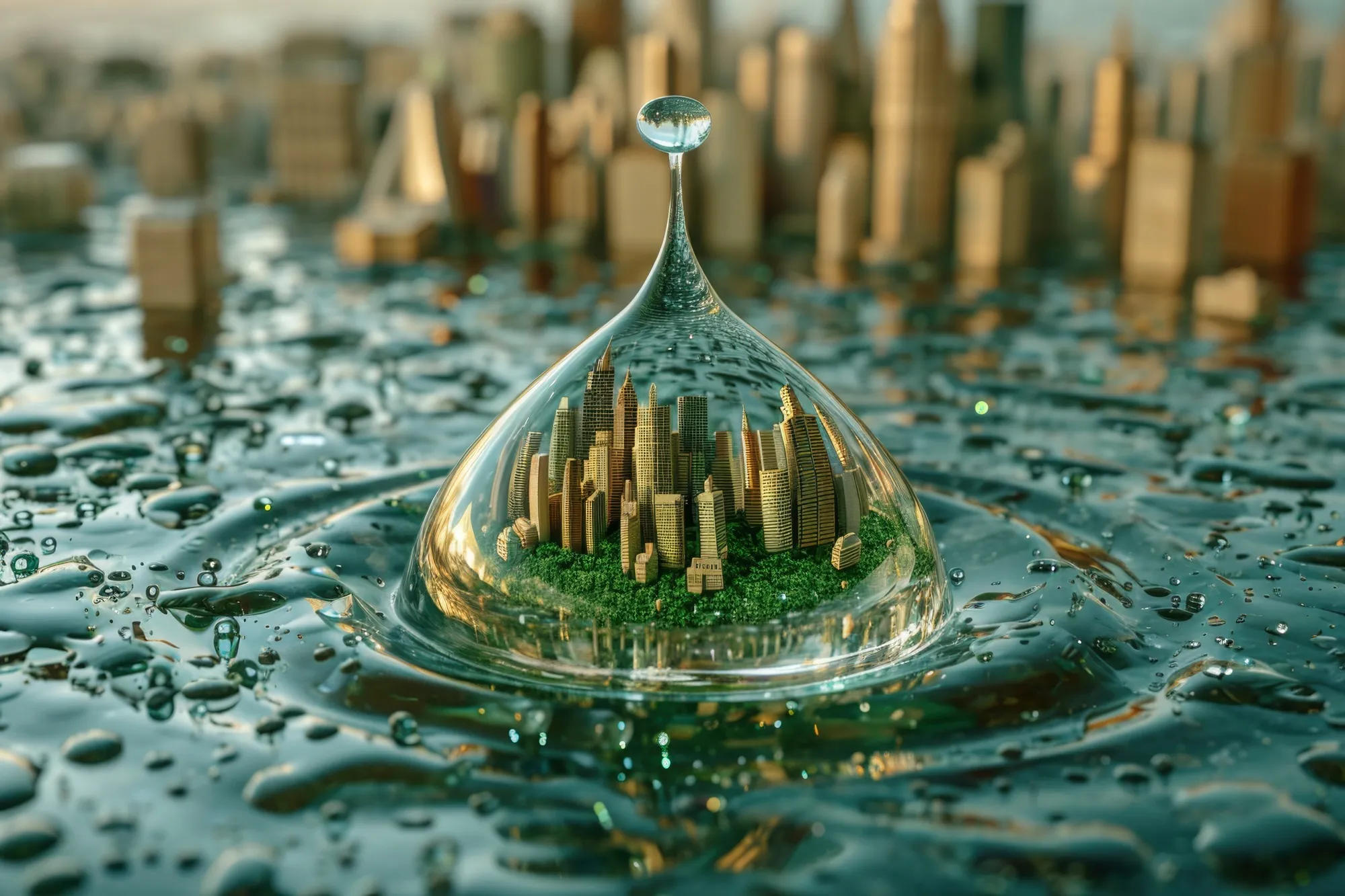It is a notable day in the advancement of sustainable water sourcing as scientists at the Nanjing Forestry University reveal their latest innovation: a solar-driven evaporator that borrows mechanisms from nature’s own water cycle, tree transpiration. Published in ‘Carbohydrate Polymers’, the study details the creation of a novel cellulose aerogel that boasts significant improvements in structural stability and energy efficiency in freshwater production.
DOI: 10.1016/j.carbpol.2023.121729
Freshwater scarcity is a pervasive and escalating crisis, threatening the survival and prosperity of populations worldwide. In an effort to mitigate this issue, researchers have turned to solar-driven evaporation technology as a potential solution. However, conventional evaporators often suffer from poor structural integrity, inadequate photothermal conversion, and reliance on a single heat source; obstacles that significantly hamper the efficiency of freshwater production. Addressing these challenges, the team lead by Wei Zechang, along with Cai Wanquan, Cai Chenyang, and Fu Yu have aimed to replicate the water transportation and evaporation process found in trees, where water is naturally pumped from roots to leaves for vapor release.
Taking inspiration from this natural process, the study introduces a three-dimensional, hydrophilic cellulose-based evaporator that emulates the water-transporting efficacy of tree roots. The key to this technology is the aldehyde-based cellulose nanocrystals/ethylene imine polymer (ACP) aerogel developed through a Schiff base reaction, designed to enhance the cellulose nanocrystals (CNCs) aerogel’s ability to maintain structure in water.
The novel feature of this solar-driven evaporator is its ‘cold-evaporated’ surface, engineered to promote structural stability and energy retention. This is achieved by coating the ACP aerogel with a lignin-derived photothermal material which forms a dual-layered system, denoted as ACP-7LM. Upon exposure to sunlight, as in 1 sun irradiation for one hour, the ACP-7LM reaches a remarkable surface temperature of 35.9 °C, evidencing its superior solar absorbance and heat generation.
This temperature increase significantly boosts the evaporation rate which was recorded to be an impressive 1.60 kg m^-2^-1^-2^-1. Such a rate is a testament to the breakthrough in leveraging solar energy efficiently for the evaporation process, thereby offering a sustainable and renewable pathway for freshwater generation.
The authors have extensively studied the interaction between the engineered aerogel’s structure and water, affirming that it closely replicates the water-transportation characteristics of a tree’s root system. Leveraging the structural stability provided by the Schiff base reaction, the ACP-7LM avoids the common pitfalls of its conventional aerogel counterparts.
The study not only presents promising results but also includes a Declaration of competing interest, where the authors state they have no conflict of interest. This transparency adds an additional layer of credibility to the research and its findings.
The publication of this research marks a tremendous leap forward in the field of environmental science and water resource management. With solar-driven evaporation technology holding the potential to alleviate the global freshwater crisis, innovations that optimize this process are invaluable.
For additional context and comparison, below are five key references that lay the groundwork for this transformative study:
1. Zhang, L., et al. (2017). Nanostructured solar evaporators for water purification: A review of recent progress. Desalination, 413, 52-69.
2. Neumann, O., et al. (2013). Solar vapor generation enabled by nanoparticles. ACS Nano, 7(1), 42–49.
3. Li, X., et al. (2016). Graphene-based standalone solar energy converter for water desalination and purification. ACS Nano, 12(1), 829–835.
4. Zhu, M., et al. (2016). Tree-Inspired Design for High-Efficiency Water Extraction. Advanced Materials, 28(43), 9453–9459.
5. Zhao, F., et al. (2019). A Biomimetic Multiscale Tree-Like Water Purification System. Advanced Functional Materials, 29(35), 1900371.
Keywords
1. Solar Evaporator Freshwater Production
2. Cellulose Aerogel Water Technology
3. Sustainable Water Sourcing Innovation
4. Photothermal Conversion Efficiency
5. Environmental Heat Absorption Enhancement
In conclusion, the research led by Wei Zechang and his collaborators symbolizes a significant stride in the utilization of biomimetic approaches to address real-world issues. The cellulose aerogel inspired by tree transpiration reaffirms the potential of drawing from nature’s sophisticated designs to resolve pressing environmental and technological challenges. With this creative solution, the hope for an efficient, sustainable, and universally accessible source of fresh water shines brighter than ever.
